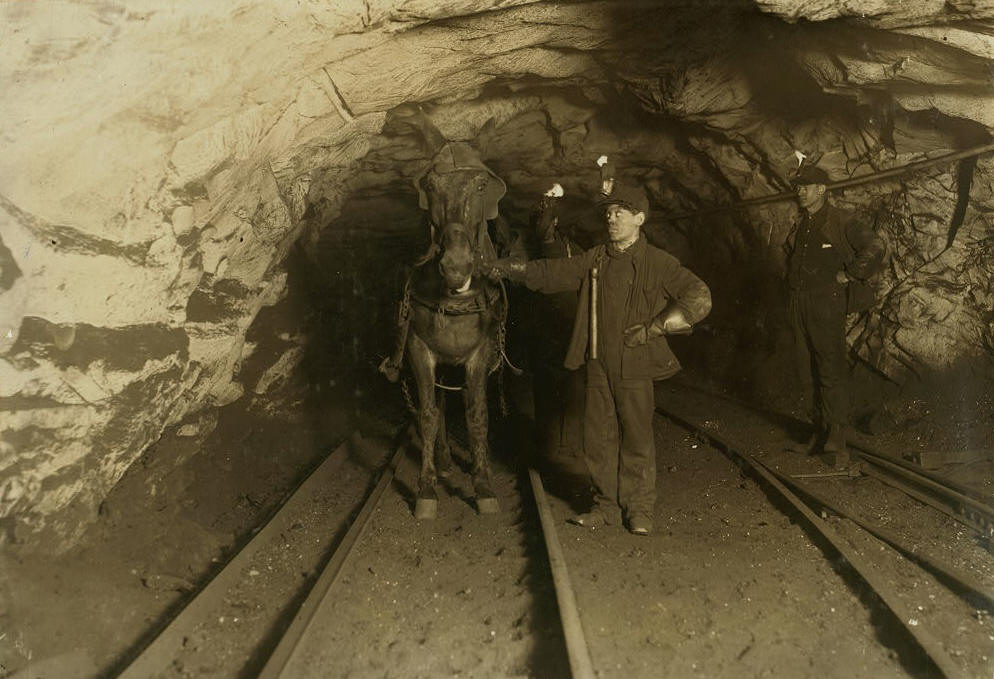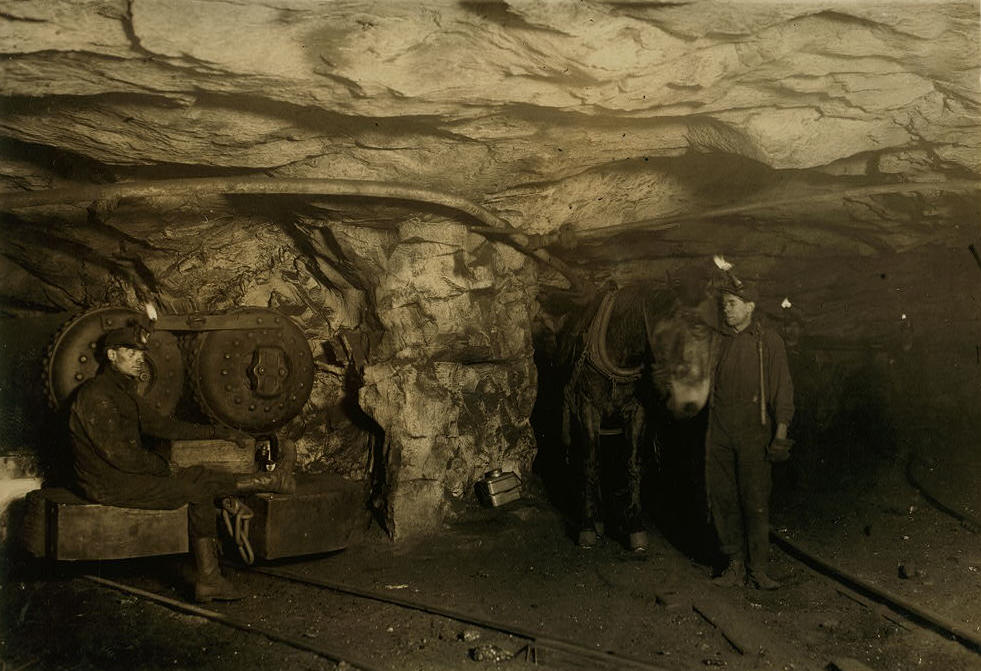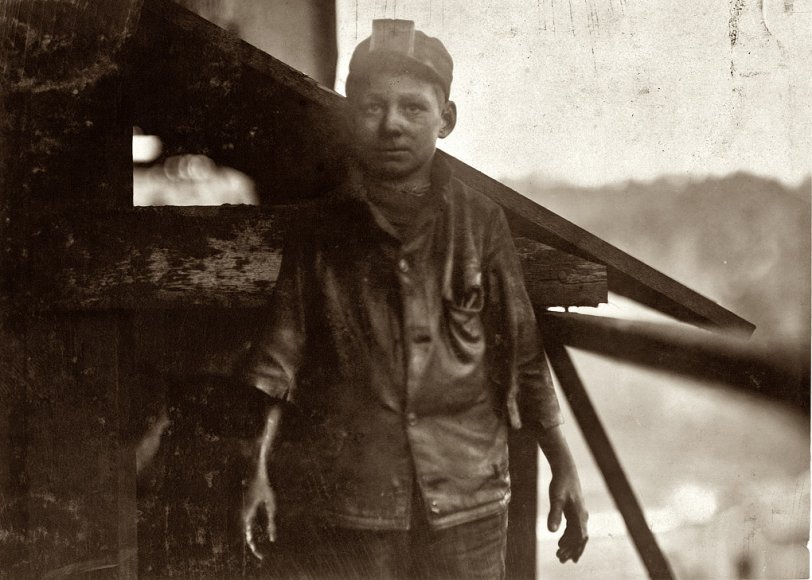General Discussion
Related: Editorials & Other Articles, Issue Forums, Alliance Forums, Region ForumsThe searing photos that helped end child labor in America
He arrived at the coal mines, textile mills and industrial factories dressed in a three-piece suit. He wooed those in charge, asking to be let in. He was just a humble Bible salesman, he claimed, who wanted to spread the good word to the laborers inside.
What Lewis Hine actually wanted was to take photos of those laborers — and show the world what it looked like when children were put to work.
In the early 1900s, Hine traveled across the United States to photograph preteen boys descending into dangerous mines, shoeless 7-year-olds selling newspapers on the street and 4-year-olds toiling on tobacco farms. Though the country had unions to protect laborers at that time — and Labor Day, a federal holiday to honor them — child labor was widespread and widely accepted. The Bureau of Labor Statistics estimates that around the turn of the century, at least 18 percent of children between the ages of 10 and 15 were employed.
Hine’s searing images of those children remade the public perception of child labor and inspired the laws to ban it. Today, the Library of Congress maintains a collection of more than 5,000 of Hine’s photographs, including the thousands he took for the National Child Labor Committee, known as the NCLC.
“It was Lewis Hine who made sure that millions of children are not working today,” said Jeffrey Newman, a former president of the New York-based committee.
The organization’s mission wasn’t about showing the public that children were being used for financial gain — that was already a well-known fact. At the time, many believed the practice had substantial benefits. Youths could learn the value of hard work. Businesses could increase their productivity and decrease the hourly pay. Parents could depend on their children to support the family, meaning the adults could work less or not at all.
As one mother remarked to the NCLC in 1907: “I am really tired of seeing so many big children ten years old playing in the streets.”
Hine’s photos showed the price: unsafe working conditions, dangerous machinery and business owners who refused to educate the children or limit their working hours.
https://www.msn.com/en-us/news/us/the-searing-photos-that-helped-end-child-labor-in-america/ar-BBML894?li=BBnb7Kz
If you go to the linked article you can see a slide show of the photos.
kimbutgar
(21,148 posts)Stunned and shocked. I usually show it to the 4th -5th graders when I substitute.
Drahthaardogs
(6,843 posts)In 1923. His father was killed in the mine and the family had to eat. I reminded my children when they acted like spoiled brats what life COULD be like, just a generation ago.
MiniMe
(21,716 posts)
I copy and pasted it.
tblue37
(65,342 posts)Pennsylvania coal mine. (Grandpa eventually died in 1968 of black lung disease.)

Lewis Hine caption: A young leader and a driver, Shaft #6, Pennsylvania Coal Company. Pasquale Salvo and Sandy Castina. Location: Pittston, Pennsylvania, January 1911

Lewis Hine caption: Mule power and motor power. A Young Driver, Shaft #6, Pennsylvania Coal Company. Location: Pittston, Pennsylvania, January 1911.
SMC22307
(8,090 posts)My stepfather's father was a miner in NE PA... not an easy life.
tblue37
(65,342 posts)He was 13 or 14 in those pictures, but he was much younger when he first started working there.
SMC22307
(8,090 posts)I don't remember the exact age of when his father started working in the mines but it was young, child labor young.
Sneederbunk
(14,290 posts)smirkymonkey
(63,221 posts)The cheaper, the better. They will take the place of all the immigrants that this administration is getting rid of.
louis c
(8,652 posts)Omaha Steve
(99,630 posts)Omaha Steve
(99,630 posts)appalachiablue
(41,131 posts)aikoaiko
(34,170 posts)ornotna
(10,801 posts)The site was named after one of the subjects of his photos.

http://www.shorpy.com/shorpy
http://www.shorpy.com/lewis-hine-photos
SMC22307
(8,090 posts)Thanks for sharing those links.
Farmer-Rick
(10,170 posts)Was a common right wing talking point of supporters of child labor. The rich tried to sell abusive child labor practices as kindergartens. One journalist liken walking through a factory town to walking through a war ravaged scene because so many people were missing hands, feet, legs and arms.
Ahh, the wonders of capitalism.